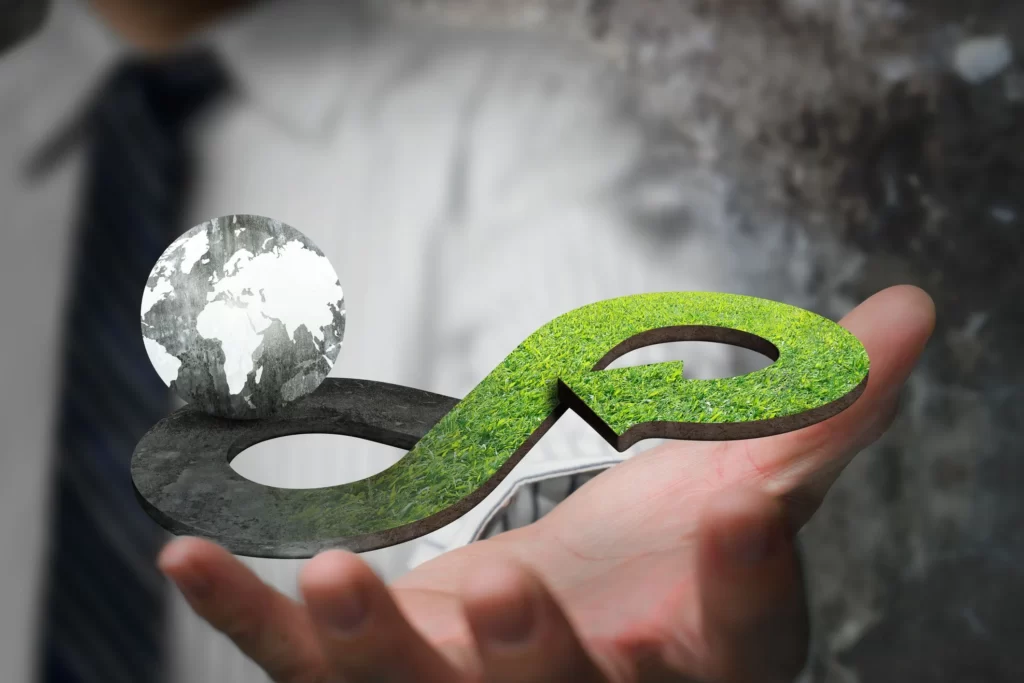Hydroponic farming, which is a method of growing plants using nutrient-rich water instead of soil, can have a number of environmental impacts, both positive and negative.
Some of the potential positive impacts of hydroponic farming on the environment include:
- Increased efficiency: Hydroponic systems can be more efficient at using resources such as water and nutrients, which can reduce the overall environmental impact of agriculture.
- Reduced water usage: Hydroponic systems can be designed to use less water than traditional soil-based agriculture, which can help to conserve water resources and reduce the energy required to pump and treat water.
- Reduced transportation needs: Hydroponic farms can be located in urban areas or in other locations close to consumers, which can reduce the need for transportation and food miles of produce over long distances.
- Reduced use of pesticides and other chemicals: Hydroponic systems can be designed to minimize the use of pesticides and other chemicals, which can help to reduce their environmental impacts.
However, there are also potential negative impacts of hydroponic farming on the environment to consider:
- Energy use: Hydroponic systems may require energy for lighting, heating, and pumping water, which can contribute to greenhouse gas emissions.
- Waste generation: Hydroponic systems can generate waste in the form of excess water and used nutrient solutions, which may require proper treatment to prevent environmental impacts.
- Impact on natural ecosystems: The use of hydroponics may have indirect impacts on natural ecosystems, such as the demand for resources such as water and nutrients.
Overall, the environmental impacts of hydroponic farming will depend on the specific methods and technologies used, and it is important to carefully consider the potential impacts and take steps to minimize any negative effects.

